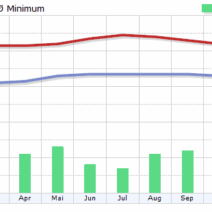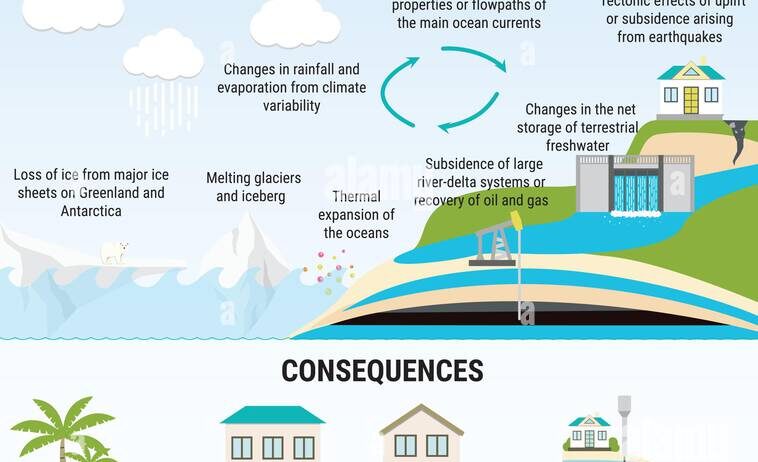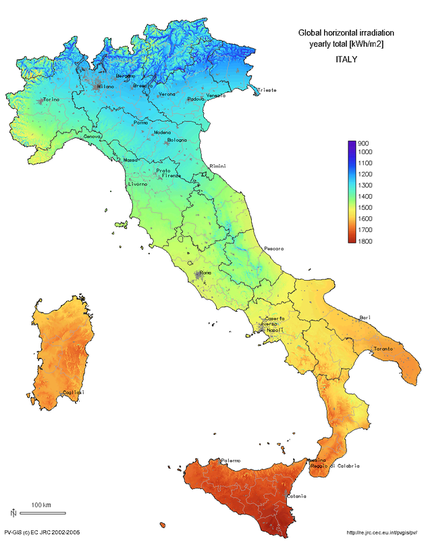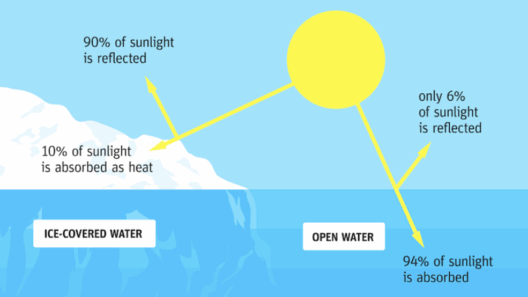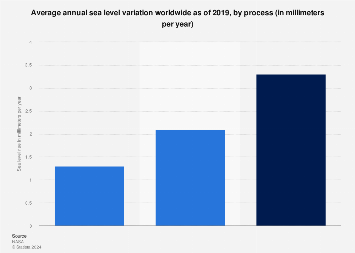As the world observes a relentless surge of the ocean’s embrace, understanding the multifaceted problems associated with rising sea levels becomes paramount. The delicate balance of our planet’s ecosystems hangs in the balance, forcing us to confront the consequences of our actions. The interplay between climate change, human endeavors, and natural phenomena creates a battleground where humanity’s resilience is tested. Raising awareness of these issues is crucial for compelling the necessary changes.
In the grand tapestry of our planet, sea levels serve as a poignant barometer of climate health. When these waters rise, the ramifications extend far beyond mere coastal community afflictions. The inundation beckons us to consider the intricate web of life and infrastructure that coexist near our shores.
What lurks beneath the surface of this phenomenon? Let us embark on a journey to dissect the core issues surrounding rising sea levels and the profound implications they engender.
Impacts on Coastal Communities: The Frontline of Flooding
Coastal areas, often considered the crown jewels of terrestrial existence, are the first to bear the brunt of encroaching waters. With over 40% of the global population residing within 100 kilometers of the coast, the stakes are unforgivingly high. The specter of flooding looms large, threatening homes, businesses, and livelihoods. It is akin to watching the tide erase once-cherished sanctuaries, leaving vacuums of despair in their wake.
A harrowing reality is that rising sea levels will initiate the slow but inevitable displacement of communities. The United Nations estimates that by 2050, approximately 600 million people will find themselves vulnerable to coastal flooding. This harrowing statistic precipitates the question of how we shall respond. Will we stand by idly, or will we seek innovative solutions to address the impending crisis?
Ecological Impacts: Disrupted Ecosystem Harmony
As the coastline recedes, the intricacies of the marine ecosystem come under siege. The sanctity of coastal wetlands and mangroves bears the brunt of saltwater intrusion, where once-productive habitats degrade into desolation. These ecosystems are the lifeblood of diverse species, providing shelter and breeding grounds. Here, the marine life must navigate a treacherous pathway wrought with change, akin to a ship adrift in turbulent seas with no compass.
Coral reefs, often referred to as the rainforests of the sea, face a heightened risk of bleaching due to fluctuating water temperatures and changing salinity levels. The symbiotic relationships that define these habitats unravel, leading to the slow demise of countless marine species. The cascading effects of such ecological disruptions propagate throughout the food chain, ultimately impacting the very foundation of marine biodiversity.
Economic Consequences: The Fiscal Tsunami
The economic ramifications of rising sea levels transcend localized flooding and damage control. They create a fiscal maelstrom that engulfs governments, businesses, and individuals alike. Insurance companies brace for impact, anticipating soaring claims. Real estate markets are left scrambling, as properties in flood-prone areas lose value. The prospect of entire municipalities facing insolvency becomes palpably real.
Tourism, a lifeblood for many coastal regions, faces existential threats. The allure of sun-kissed beaches and pristine coastlines is jeopardized, leading to diminished visitor numbers. For many communities, this translates to lost jobs, disintegrating local economies, and a waning cultural identity.
Adaptation Strategies: Resilience in the Face of Adversity
In the face of such daunting challenges, humanity must adopt adaptive strategies to mitigate the impacts of rising sea levels. Infrastructure must evolve; seawalls, elevated structures, and restored natural barriers can provide necessary protection. However, these solutions necessitate significant investment and thoughtful planning.
Moreover, engaging communities in sustainable practices becomes imperative. Promoting the restoration of wetlands and mangroves can bolster natural defenses against advancing tides. Such initiatives enhance the ecosystem’s resilience, serving as a bulwark against the actions of an ever-changing climate.
Proactive and collaborative approaches involving local governments, scientists, and communities foster innovation and sound decision-making. By investing in research and refinement of existing technologies, we can build a future that thrives rather than merely survives amid rising seas.
Conclusion: Embracing a Call to Action
The specter of rising sea levels invites us to ponder profound questions about our role on this fragile planet. It serves as a stark reminder of our interconnectedness and the consequences of our actions. As stewards of the environment, the responsibility rests with us to advocate for sustainable practices, to educate ourselves and others. With a collective resolve, we can orchestrate a harmonious symphony of adaptation, resilience, and recovery.
While the challenges are formidable, the possibility for transformative change is within grasp. It demands our attention, creativity, and urgency. The time to act is now, as the tide of rising sea levels not only shapes our ecosystems but our futures as well.
